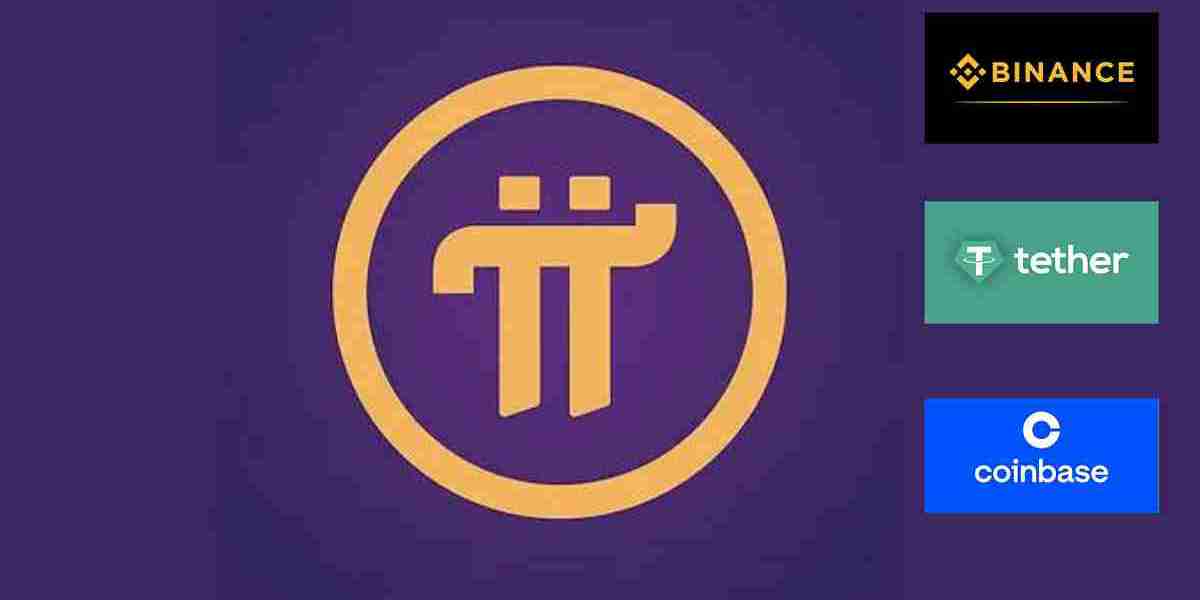Pi Network Price launched in 2019 by Stanford graduates, aims to create a decentralized digital currency accessible to everyone through mobile devices. Unlike traditional cryptocurrencies, Pi Network doesn’t rely on mining hardware or extensive computational power. Instead, it uses a mobile app to engage users in a consensus mechanism. As Pi Network continues to gain traction, many are curious about its price and valuation. This article explores the current state of Pi Network's price, its underlying factors, and potential future outlook.
What is Pi Network?
Pi Network is a relatively new digital currency project that aims to democratize cryptocurrency by making it accessible to everyday users. The network operates on a unique consensus algorithm called the Stellar Consensus Protocol (SCP), which relies on mobile nodes rather than traditional mining rigs. Users earn Pi coins (PI) by participating in the network, validating transactions, and inviting others to join.
Current Price Status
As of August 2024, Pi Network's price is not officially listed on major cryptocurrency exchanges. The coin remains in its "testnet" phase, meaning it is not yet fully integrated into the broader cryptocurrency market. The network has been in a phased development process, with the current stage focusing on building and testing the blockchain infrastructure.
Factors Affecting Pi Network’s Price
Network Development and Adoption: The price of Pi Network will heavily depend on its successful transition from the testnet to the mainnet. As the project progresses, its adoption rate among users and businesses will play a crucial role in determining its value. Increased adoption can drive demand and potentially influence the price positively.
Market Sentiment: Like other cryptocurrencies, Pi Network's price will be influenced by market sentiment. Positive news, successful partnerships, and technological advancements can lead to increased interest and higher valuations. Conversely, negative developments or lack of progress may impact the price adversely.
Regulatory Environment: Cryptocurrency prices are often impacted by regulatory changes. As Pi Network aims to operate globally, changes in regulatory frameworks across different countries could affect its price. Compliance with regulatory requirements and addressing any legal concerns will be crucial for the project's success and valuation.
Technological Advancements: The technological infrastructure of Pi Network, including its blockchain and consensus mechanism, will impact its price. Continued development, scalability improvements, and security measures will be essential for maintaining user confidence and driving the value of the coin.
Community Engagement: Pi Network’s success is closely tied to its user base. A strong and active community can contribute to the network's growth and stability. Engagement through various initiatives, including educational campaigns and incentivized participation, can positively impact the coin's value.
Future Outlook
The future of Pi Network's price is uncertain and will depend on several factors, including the project's ability to transition successfully to its mainnet, market dynamics, and broader adoption. If Pi Network achieves its goals of creating a widely accepted and usable cryptocurrency, it could see significant value appreciation. However, potential investors should be cautious and consider the inherent risks associated with investing in emerging digital currencies.
Conclusion
Pi Network represents an ambitious effort to democratize cryptocurrency through mobile accessibility. While the coin's price remains speculative at this stage, its future valuation will depend on the project's development, adoption, and market conditions. As the network progresses and the cryptocurrency landscape evolves, Pi Network's price could see considerable changes. For now, enthusiasts and potential investors should stay informed and approach the Pi Network with a balanced perspective, understanding both its potential and its risks.



